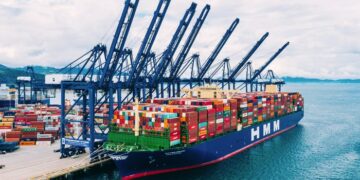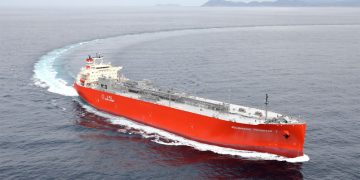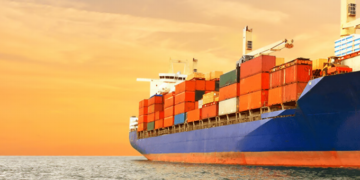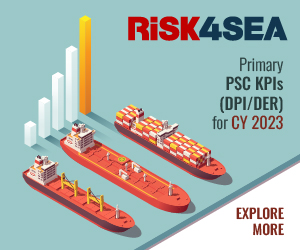RINA answers frequently asked questions regarding EU’s Emissions Trading System (ETS) and addresses key points for compliance.
What does EU ETS mean?
The EU Emissions Trading System (ETS) is a “cap-and-trade” system established to promote reductions in GHG emissions (Directive 2003/87/EC). The “cap” represents the total amount of GHG allowed by the system, which is reduced annually to align with the EU’s climate target.
The system currently applies to electricity and heat generation, energy-intensive industry sectors, aviation, and maritime transport.
Key takeaways for owners and operators:
- The party responsible for ship operation under the ISM Code is liable for CO2 emissions and must comply with EU ETS regulations.
- The geographical scope of the EU ETS includes vessels arriving at and departing from EU ports.
- The two key principles of the EU ETS are setting a ceiling on yearly GHG emissions and the trading of EU emission allowances.
- Shipping will be phased into the EU ETS gradually, reaching 100% inclusion by 2026.
- Shipping companies exceeding their allowances face remedial penalties.
- By April 1, 2024, shipping companies must submit monitoring plans for conformity assessment.
How is the EU ETS applicable to maritime transport?
The revised EU ETS (Directive EU 2023/959) includes maritime transport, covering ships of 5,000 GT and above from 1 January 2024 and offshore ships of 5,000 GT and above from 1 January 2027, regardless of their flag. The system covers:
- 100% of the emissions from voyages between EU ports and within EU ports.
- 50% of emissions from voyages that either depart from EU ports and arrive at non-EU ports or depart from non-EU ports and arrive at EU ports.
Emissions within and from voyages to/from Norwegian and Icelandic ports will be considered at 100% once the revised ETS Directive is included in the EEA Agreement and implemented in national laws.
What emissions are to be counted?
The Directive covers the following emissions:
- CO2 from 1 January 2024; and
- Methane (CH4) and Nitrous oxide (N2O) from 1 January 2026.
What are the impacts of the EU ETS on shipping companies?
EU ETS introduces important economic and administrative implications for shipping companies:
- the costs arising from the purchase of allowances will have a significant impact on shipping Company especially from 2026 – when the phase-in period ends and the surrender of allowances corresponds of the total GHG emissions, including not only CO2 but also CH4 and N2O. For 2026 emissions, it can be deduced that such cost will on average represent about a 30%.
- new administrative burdens arise from the implementation of ETS Directive, such as the update of the MRV monitoring plan, the emission report at Company level, the opening and management of the account in the Union Registry.




























































